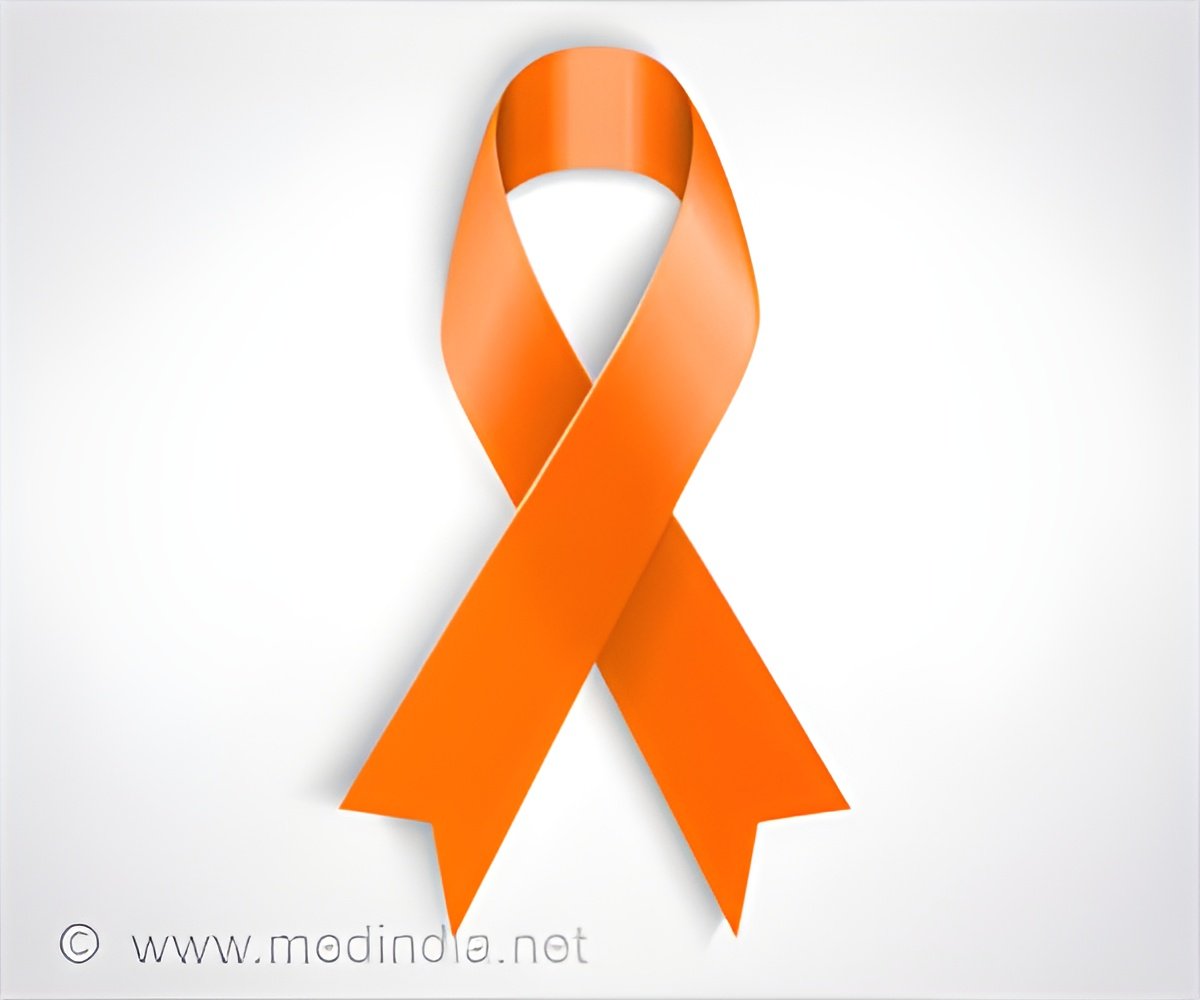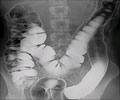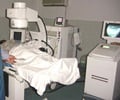
‘SLC7A11 is frequently overexpressed in cancers and has a well-established role in maintaining glutathione levels which reduce cancer cell death’
Tweet it Now
"Metabolic reprogramming often renders cancer cells highly dependent on specific nutrients for survival," said Gan. "Limiting the supply of such nutrients or blocking their uptake or metabolism through pharmacological means may selectively kill 'addicted' cancer cells without affecting normal cells. Our understanding of nutrient dependency in cancer cells can provide great insights for targeting metabolic vulnerabilities in cancer therapies."
The chemistry behind cancer cell "addictions"
Gan noted the example of asparaginase treatment for acute lymphoblastic leukemia, which, unlike normal cells, lacks the ability to produce the amino acid asparagine, and must depend on extracellular sources to obtain asparagine in order to survive.
The treatment disrupts asparagine supply and ensures the cancer cells cannot gain access to this vital amino acid, resulting in cancer cell death.
Advertisement
"SLC7A11 is frequently overexpressed in cancers and has a well-established role in maintaining glutathione levels which reduce cancer cell death," said Gan.
Advertisement
Therefore, cancer cells are forced to quickly convert cystine to cysteine. Consequently, cancer cells with high levels of SLC7A11 and high demand for cystine become dependent on glucose for survival."
These findings revealed a metabolic vulnerability associated with high SLC7A11 expression in cancer cells, which suggests corresponding therapeutic strategies.
The research team showed that therapies known as glucose transporter (GLUT) inhibitors cut off glucose supply, leading to toxic buildup of cystine inside cells. This selectively kills SLC7A11-high cancer cells and suppresses SLC7A11-high tumor growth.
This study therefore suggests using GLUT inhibitors to treat tumors with high expression of this key amino acid transporter.
Source-Eurekalert















